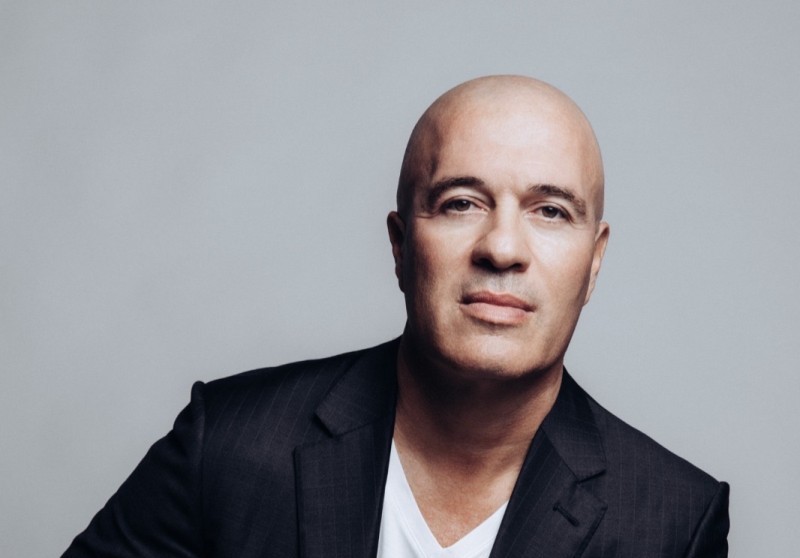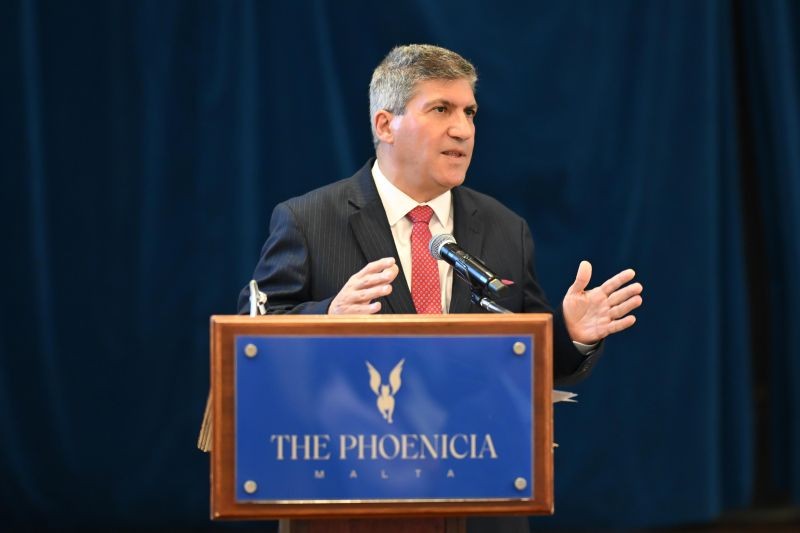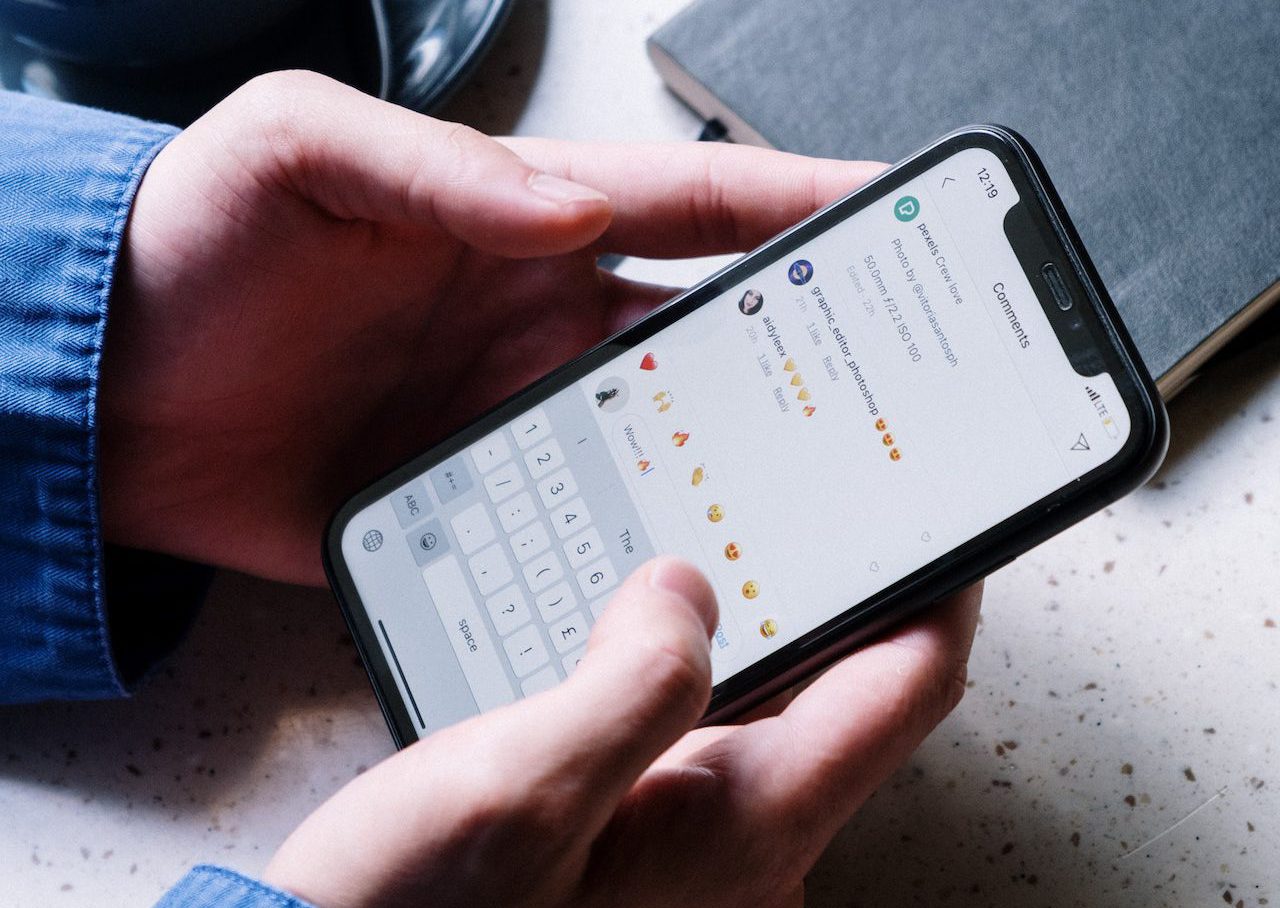In the fast-paced world of business leadership, CEOs often find themselves working around the clock, juggling multiple responsibilities, and sacrificing personal time for professional success. However, maintaining a healthy work-life balance isn’t just about personal well-being. It’s also essential for sustained productivity, strong decision-making, and long-term leadership effectiveness.
If you’re a CEO struggling to strike the right balance, here are five practical strategies to help you manage your time effectively without compromising your personal life.
Set clear boundaries between work and personal life
One of the biggest challenges for CEOs is the constant overlap between work and personal time. With technology enabling 24/7 connectivity, it’s easy to let business matters invade personal space. To avoid burnout, it’s essential to establish firm boundaries.
- Define specific work hours and stick to them as much as possible.
- Set ‘off-limits’ times for emails and work calls, such as during family dinners or weekends.
- Create a dedicated workspace at home to separate professional and personal environments.
- Communicate your boundaries to your team to set expectations for response times.
By respecting these boundaries, you not only protect your personal time but also set a positive example for your employees, encouraging a healthier work culture.
Delegate and empower your team
Many CEOs struggle with work-life balance because they feel the need to oversee every detail of their business. However, effective leadership is about delegation and trust. Micromanaging drains your energy and limits the growth of your team.
- Identify tasks that can be delegated to senior executives or trusted team members.
- Develop a leadership team that shares responsibilities and makes decisions in your absence.
- Use project management tools to streamline workflows and ensure accountability.
- Empower employees by fostering a culture of ownership and autonomy.
When you delegate effectively, you free up valuable time for yourself while enabling your company to operate efficiently, even when you’re not constantly involved.
Prioritise health and well-being
As a CEO, your business’s success depends on your ability to think clearly and make sound decisions. Neglecting your physical and mental health can lead to exhaustion, stress, and reduced productivity. Treating self-care as a priority, not a luxury, will help you perform at your best.
- Schedule regular exercise, whether it’s a morning workout, yoga session, or a simple daily walk.
- Maintain a balanced diet to sustain energy levels and avoid burnout.
- Prioritise sleep by creating a consistent bedtime routine and limiting screen time before bed.
- Practice mindfulness or meditation to reduce stress and improve focus.
By taking care of your health, you’ll find yourself more energised, focused, and capable of leading effectively.
Make time for family, hobbies, and personal growth
Work should not define your entire identity. Making time for family, hobbies, and personal development not only enriches your life but also enhances your ability to lead with clarity and creativity.
- Schedule quality time with family and friends just as you would a business meeting.
- Pursue hobbies or interests that help you unwind and stay inspired.
- Take vacations without constantly checking emails – trust your team to manage things in your absence.
- Invest in personal growth through reading, learning new skills, or engaging in mentorship programs.
A well-rounded CEO is more likely to be an effective and inspiring leader.
Leverage technology for efficiency, not overload
Technology can either be a powerful tool for efficiency or a major source of distraction. The key is to use it strategically to streamline work processes while minimising unnecessary stress.
- Use automation tools to handle repetitive tasks and free up time for strategic thinking.
- Implement time-blocking techniques to focus on high-priority tasks without constant interruptions.
- Limit notifications and set designated times for checking emails and messages.
- Use collaboration tools to improve communication and reduce the need for excessive meetings.
By leveraging technology wisely, you can work smarter, not longer, and create more space for personal time.
Achieving work-life balance as a CEO is not about working less – it’s about working smarter. By setting boundaries, delegating effectively, prioritising well-being, making time for personal life, and using technology wisely, you can maintain peak performance without sacrificing your quality of life.
6 morning routine mistakes to avoid that could cost you productivity
There are easy and effective ways to set the right tone from the start of your day.
Mistakes CEOs regret and how to avoid them
Many CEOs look back and wish they had done things differently.
6 steps business leaders must follow to address negative online reviews
Responding to online critics is an effective way of protecting a company’s reputation and building customer loyalty.
Provide feedback and show respect: 5 ways business leaders can steer a young team towards success
Millennials and Gen Z employees are on the rise, and while they are wrongly viewed as ‘unmotivated’ and ‘entitled’, they ...









